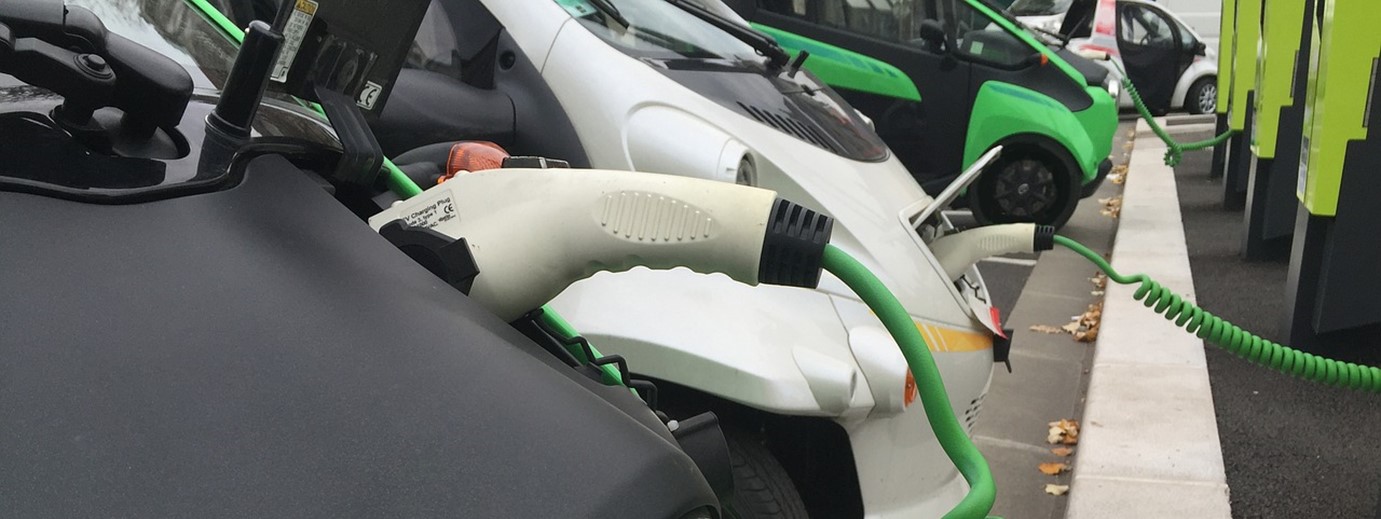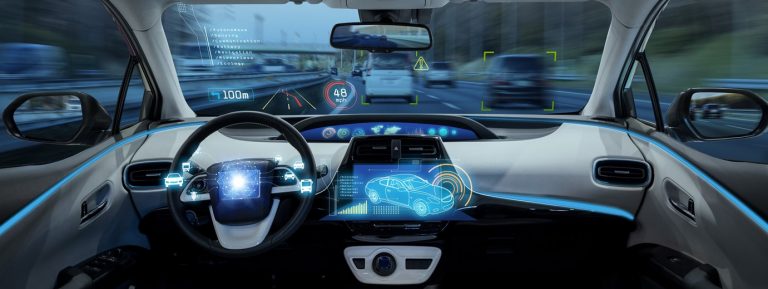The global market size of electric vehicles is projected to grow to 34,756,000 units by 2030, at a CAGR of 26.8%. 37% of Norway’s new cars are electric. The Netherlands saw over 43,000 new plug-in cars purchased in 2015 out of some 449,347 registrations, accounting for nearly a 10% market share. India recently announced that it is targeting that every single car sold in the country is electric by the year 2030.
The world today, at large, is confronting challenges relating to the growing CO2 emissions and hence reducing transportation emissions is one of the logical and vital steps in combating global warming. To cut down on greenhouse gas (GHG) emissions and capitalize on renewable energy adoption, countries are leaning towards the massive adoption of electric vehicles. Simply put, replacing the internal combustion engines with a hybrid, plug-in hybrid, and electric is going to be the way of the future.
Evolution of the Electric Vehicle
There were two turning points that ingrained the penetrability of the EV-
- The launch of the all-new Toyota Prius in Japan in 1997. After its global release in the year 2000, it became the world’s first mass-produced EV that amounted to sales of 50,000 vehicles worldwide.
- The second turning point was the entry of Tesla Motors Inc. in 2006. Tesla’s electric car could go more than 200 miles on a single charge and ended up winning the hearts of many who were seeking alternative options to fuel. The wide-acclaim of its luxurious EV has made Tesla an iconic automobile company in California.
Building a 360-degree exposure to Electric Vehicles
On a global scale, even though EVs like Tesla Model S, Nissan Leaf and Chevrolet Volt are becoming mainstream amongst high profile people, within the larger scheme of things we are still at the “innovation” phase of the product adoption curve. However, the day is not far when we will see a significant decline in oil sales because of the massive adoption of EVs.
Top Challenges
One of the topmost reasons for the current high cost of EVs is the expensive battery which accounts for a third of the cost of manufacturing an EV. However, in recent times these costs have come down. For instance- the costs of Lithium-ion batteries have fallen from $750 per kWh in 2010 to $350 per kWh in the previous year, marking a 65% reduction. Moreover, because of the combined strengths of three multi-trillion-dollar industries (including IT/ Electronics, Automotive, and Energy), battery costs are likely to drop to $100 per kWh by 2020.
“By 2025, more than 37 million all-electric fleets are expected to be on the road globally and those EVs will be cost-competitive devoid of subsidies.”
Source: Navigant Research
Technology fueling Electric Vehicles
When it comes to technology, electric motor and battery are the two key components that accelerate the electric vehicle. For vehicle propulsion to function properly, electric cars use the energy stored in a battery or a series of batteries. Electric motors offer a clean and safe alternative to the internal combustion engine whereas the batteries (Lithium-ion batteries, solid-state batteries, Lithium-sulfur batteries, & metal-air batteries) get the engine spinning when you start off. Automobile companies are heavily investing in reducing the cost, volume, and weight of the batteries by developing cells & modules, thereby improving the Lithium-ion electrochemistry to boost performance.
The Bottom Line
The winds of bringing about a greener, quieter, and cost-competitive revolution have started blowing with the increasing adoption of Electric Vehicles and continuous efforts by companies to build better and cheaper battery technology. Electric cars and their adoption are not only unveiling limitless opportunities for giant automakers to outshine in this hybrid automobile world, but also boosting smart cities’ foundation by eliminating the petrol-guzzling vehicles to strengthen urban air quality. Since 2013, the world has been working on adding more energy-generating capacity from renewable resources like wind and solar rather than coal, natural gas, and fuel. It is anticipated that 2020 will be the year that Electric Vehicles finally come of age to catapult us to an emission-free future.



